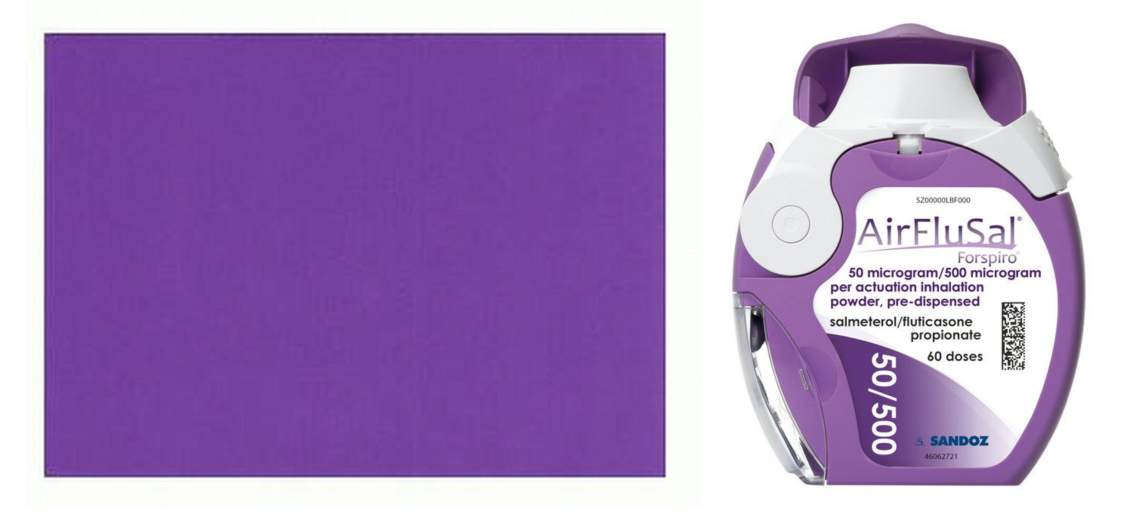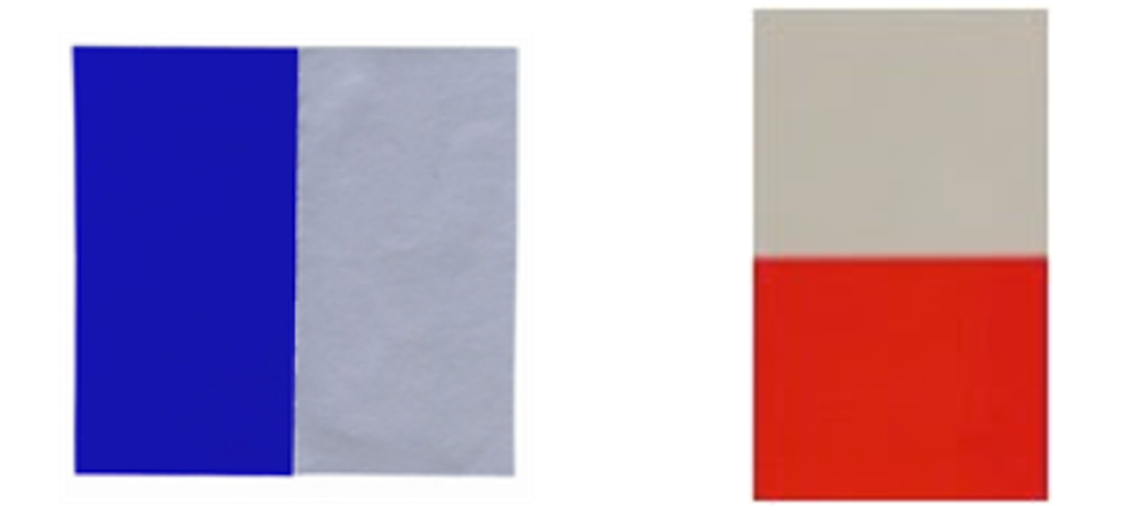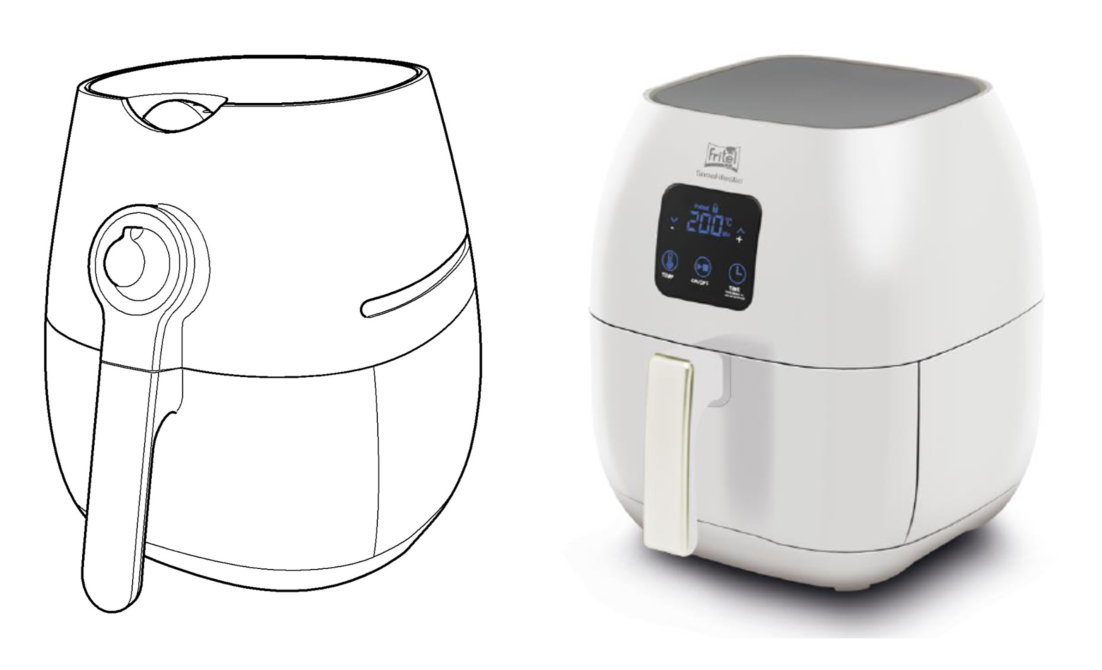IP Report 5 - Q1 2018
Inteo is a Belgian law firm focused on intellectual property and related practice areas. This newsletter reports on noteworthy developments and court decisions relevant to intellectual property and technology law in Belgium and the EU.
Procedure – liability for saisie-contrefaçon : On 28 February 2018, the Brussels court of appeal issued a decision on liability for harm incurred by a saisie-contrefaçon (an ex parte preliminary measure) in the event that the intellectual property right invoked is later found invalid or not infringed in a main action. Legal commentators in Belgium have long disagreed whether the Enforcement Directive requires that such liability is objective (faultless) or whether it must be established that the intellectual property right holder committed wrongdoing in seeking or enforcing a saisie-contrefaçon.
In Snowfall, the proprietor of a registered Community design sought and obtained preliminary measures against an alleged infringer by means of a saisie in 2010. Over 2.000 products of allegedly infringing stock were seized. It was clear from the evidence that the RCD holder was – or should have been – aware of a disclosure of the product before the grace period of the design right application. The alleged infringer sought damages for the harm incurred by the saisie.
On the principle of liability, the court of appeal decides that there is no basis in Belgian law for faultless liability. Nor does the Enforcement Directive impose, according to the court of appeal, such requirement. Instead, the court states that faultless liability would raise the bar to seek a saisie, which may run counter to the Enforcement Directive’s purpose to provide effective remedies to IP holders. In the specific case of Snowfall, the court does award damages. It finds that the RCD holder was aware that its title was invalid because its own product had been made public well before the design application. By not disclosing that information to the court that awarded the saisie in the ex parte phase, the intellectual property right holder committed an actionable tort.
The importance of this decision can hardly be overstated. The Brussels courts have exclusive jurisdiction over actions in Belgium based on patents, SPCs, EU trade marks and Community design rights. Neither party in Snowfall appears to have standing for a point-of-law referral to the Cour de Cassation on the issue of faultless liability because the court of appeal awarded damages on other grounds. In result, it can be expected that this judgment will set the tone on liability for ex parte measures for some time. Although faultless liability is not accepted, the Snowfall decision does provide a clear warning that intellectual property right holders are under an obligation to disclose all relevant information on the validity and infringement of their rights in an ex parte action.
Patents – duty of disclosure : In relation to that duty of disclosure, guidance can be found in an obiter dictum in a patent dispute between Bayer and Guerbet. Guerbet sought and obtained a descriptive saisie-contrefaçon against Bayer on the basis of its European patent EP 2 242 515 B9 for a process for preparing a pharmaceutical formulation of contrast agents. Opposition proceedings against the grant of the patent were ongoing before the European Patent Office. In these proceedings, Guerbet did not defend claim 1 of the patent as granted. Instead, it only relied on an auxiliary request with a limited scope of protection. Although this implied that Guerbet accepted that claim 1 as granted was invalid, Guerbet did invoke that claim in its ex parte request for a saisie against Bayer. Bayer argued that failing to disclose its position before the Boards of Appeal of the EPO to the Brussels commercial court amounts to a violation of Guerbet’s duty to disclose all relevant information to that court.
In the judgment of 19 December 2017, the saisie was revoked on other grounds. However, the court of appeal added an obiter dictum siding with Bayer on Guerbet’s inadequate disclosure. It confirmed that by not disclosing that it had admitted invalidity of a patent claim before the EPO and at the same time relying on that claim to obtain ex parte measures in Belgium, Guerbet had failed in its duty of disclosure and loyalty to the first instance court. Although the court of appeal did not sanction this violation in this judgment, it confirms that rightsholders should tread lightly in ex parte actions. Especially in complex multi-jurisdictional disputes, the exact scope of the duty of disclosure is yet to be determined.
Colour trade marks – acquired distinctiveness : In a judgment of 16 July 2017 that has recently surfaced, the Brussels commercial court rejected Sandoz’ invalidity action directed against Glaxo’s colour trade mark for asthma inhalers. Glaxo registered the colour Violet 2587 C as a Benelux trade mark for inter alia asthma inhalers. Sandoz argued that the trade mark was invalid because it was devoid of distinctive character. Glaxo counterclaimed that Sandoz’ plans to market its Airflusal product in Belgium amount to a threat of infringement of its trade mark.
The commercial court decides that although Glaxo failed to establish that the colour was ab initio distinctive for the products concerned, its trade mark has acquired distinctiveness through intensive use. In that regard, Glaxo’s dominant position on the Benelux market was established but as such insufficient, in part because it was a result of patent protection for the active ingredient that has now expired. However, distinctiveness with the relevant public was proven by means of market research reports submitted by Glaxo. On the public, the court considered that although the products concerned are prescription products, the relevant public cannot be limited to physicians and pharmacists but also includes patients. The court dismisses the invalidity action on account of acquired distinctiveness. It was not all good news for Glaxo, however. Its counterclaim for infringement was also rejected. The court rules that the colour applied to the Airflusal product is different. Confusion is unlikely, according to the decision, because the decision to prescribe the product is made by physicians for whom the colour of the packaging is not a determining factor.
An interesting aspect of this decision is the apparent disconnect between the definition of the relevant public in the assessment of acquired distinctiveness on the one hand, and infringement on the other. Whereas Glaxo was required to establish acquired distinctiveness for physicians, pharmacists ánd patients; the role of patients was all but excluded as a factor in the assessment of a likelihood of confusion. We have been informed that an appeal against this decision is currently pending.
Trade marks – combination colour marks: As some readers will be aware, combination colour trade marks are currently facing trying times at the EU-level. Red Bull (joined cases T-101/15 and T-102/15) and Stihl (R200/2017-2) both saw their combination colour marks invalidated because the representation of the trade mark (including the description) does not enable the public to determine the clear and precise subject matter of protection.
As was noted on the IPKat blog, it is surprising that the General Court observed in Red Bull that the new wording of Article 4 EUTMR provides for a more restrictive regime than the previous provision which required graphical representation for eligibility for trade mark protection.
Design rights – technical features : Article 8(1) of the Community Design Regulation (Nr. 6/2002) provides that no protection is awarded for features of appearance of a product that are solely dictated by its technical function. On 8 March 2018, the EU Court of Justice explained in C-395/16 that to determine whether the features of appearance of a product are exclusively dictated by its technical function, it must be established that the technical function is the only factor which determined those features. That assessment requires that all objective relevant circumstances are taken into account. Importantly, the existence of alternative designs is not decisive.
An invalidity defence based on Article 8(1) CDR was dismissed by the President of the Brussels commercial court in a judgment issued on 28 December 2017. Koninklijke Philips asserted design rights relevant to its Airfryer product against the marketing of a competitor product. The alleged infringer counterclaimed for the invalidity of the designs, inter alia because its features were dictated by their technical function.
The court dismissed the counterclaim. It explained that it is up to the defendant to prove that a feature is solely dictated by its function. The defendant failed to meet that burden of proof. A patent for the internal technical structure of the Philips product was not relevant because the external design does not coincide with that structure. On several other features, the court found that although heat circulation and other technical factors played a role, Philips enjoyed a substantial degree of freedom in the developing of the design. The Brussels first instance court held that regardless of whether the test for the restriction of Article 8(1) CDR allows for the consideration of alternative designs to obtain the same technical effect, aesthetic considerations were the determining factors in the Philips designs invoked.
Contact - For more information about the topics covered in this newsletter, please contact our lawyers Kristof Neefs or Sofie Cubitt. This newsletter is for information purposes only and it does not constitute legal advice.






